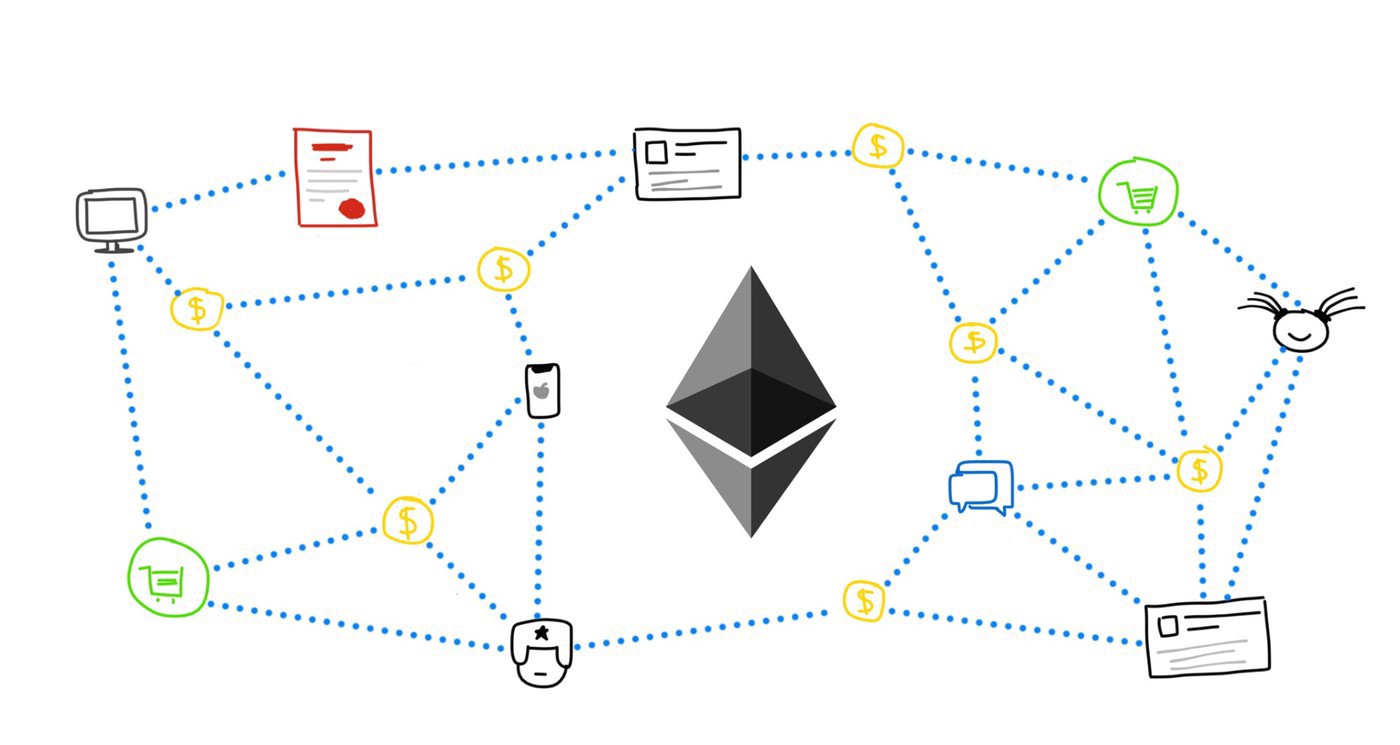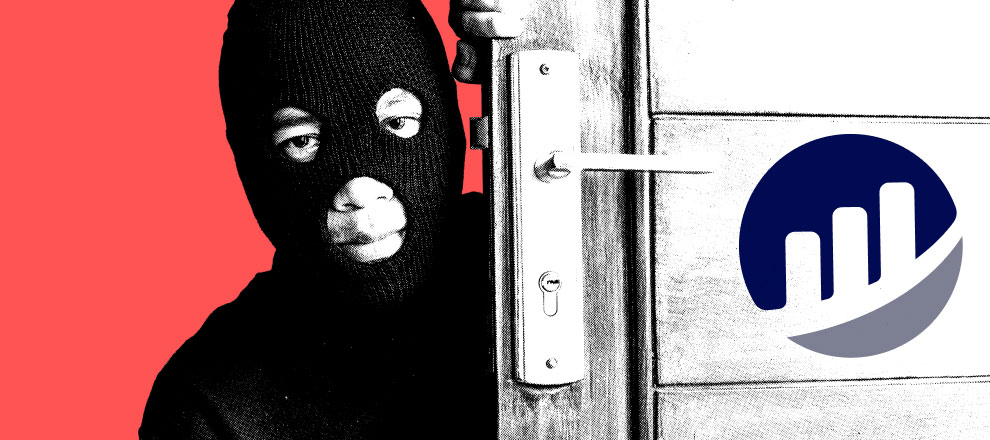Smart contracts have become an important part of the blockchain and cryptocurrency world. These special programs automatically execute predefined actions once certain conditions are met. For example, a contract can transfer cryptocurrency after receiving payment. Everything happens without intermediaries, making the process fast and transparent. Such technologies find applications in finance, logistics, insurance, and other areas where reliable automation is required.
But along with this, smart contracts have opened new opportunities for deception. Criminals have learned to exploit code vulnerabilities to steal money, block accounts, and manipulate tokens. This is how smart contract fraud emerged, becoming increasingly common in the crypto environment.
How Exactly It Works
In many cases, crypto contracts are created to appear ordinary — with a beautiful website, social media activity, and enticing promises. The code may hide functions that allow authors to withdraw users' money at any time, restrict token sales after purchase, or even permanently freeze assets in a wallet. Additionally, they can redirect all fees to their addresses, significantly reducing security and control for token owners.

Some contracts have complex structures, making even experienced users not always notice the catch. Externally, the project looks reliable, but in practice — it is pure blockchain scam. The smart contract executes everything automatically, and even if the deception is noticed, actions cannot be undone: blockchain does not allow "rolling back" transactions. This makes such schemes particularly dangerous.
Popular Fraud Schemes via Smart Contracts
There are various forms of smart contract fraud. In practice, several dangerous schemes are often encountered. For example, tokens with sales restrictions, where a user can buy an asset but is unable to sell it back. There are contracts giving the creator the right to freeze wallets at any time without explanation. This puts even long-term investments at risk, especially if the user is unaware of this feature.

There are also "black holes" for liquidity — when added funds cannot be withdrawn or are distributed in favor of one address. In some cases, immutable fees are set, charged for each operation, but they are not warned about in advance. Additionally, there are fake DeFi applications that mimic the work of decentralized exchanges, although the rate and operations are fully manually controlled. All these examples share one thing — deceiving investors using a technically complex but legally unprotected tool.
How to Protect Yourself from Fraud
There are simple steps that help minimize risks when dealing with smart contracts. This is especially important when interacting with new or little-known projects. To increase security, it is recommended to:
- check if the contract has undergone an independent audit;
- study the project on blockchain explorers (e.g., etherscan);
- monitor the team's activity and the presence of a transparent roadmap;
- use a wallet with a limited balance when testing new platforms;
- be cautious with projects promising quick and guaranteed profits;
- check how open the source code is — closed contracts often mask scam projects;
- review project discussions in crypto communities.
Applying these recommendations helps identify dubious schemes before funds are lost. Even minimal analysis allows avoiding participation in suspicious platforms. Observing digital hygiene helps not to become a victim of fraud. It is especially important to exercise caution in the early days of new projects when the audience is not yet aware of potential risks.

What to Pay Attention To
Some signs of smart contract fraud can be noticed without deep technical knowledge. Even an ordinary user has methods to be cautious when getting acquainted with a new project. For example, the platform may have unclear terms of use, which raises suspicions among users. Often there is no information about the team or developer history, reducing trust. Additionally, high returns are promised without explaining how they are achieved.

Sometimes projects try to limit discussions or remove negative comments, and also require connecting a wallet before users receive any information. Such actions are not just a warning sign but a possible start of fraud. If such signs appear immediately, the project is most likely a scam platform using Ponzi schemes or other forms of deception. In the conditions of high anonymity in the blockchain, user attentiveness becomes the first line of defense.


